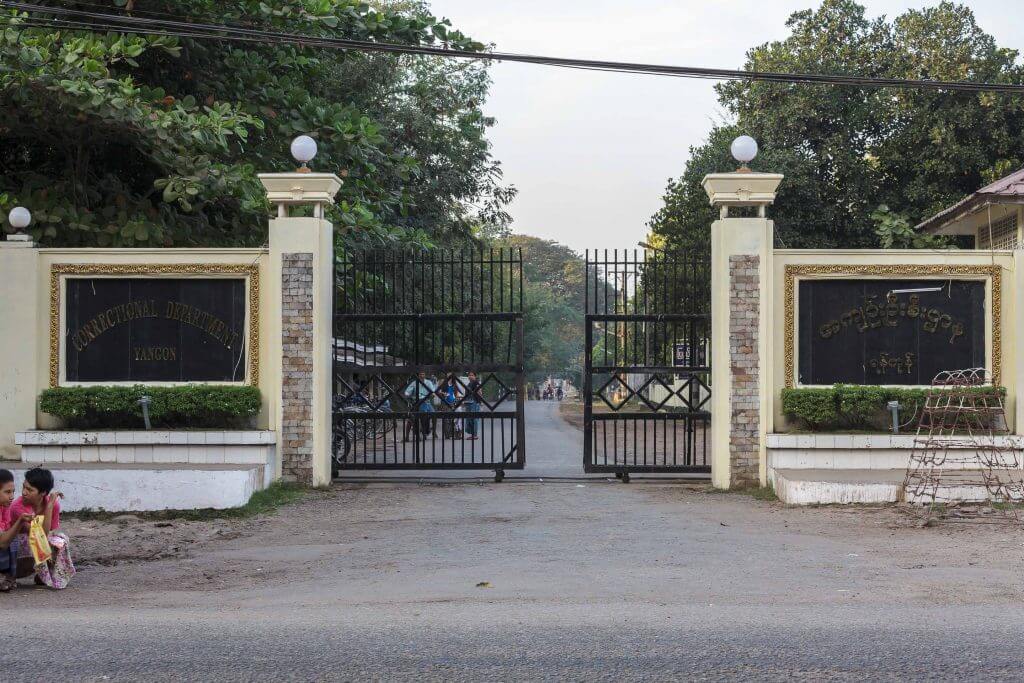My post on debt restructuring from earlier this year has kept me thinking. I sit in a line of work that deals with these issues every day, from an IFI and banking sector point of view. Lots has happened since February, and I have regularly written professional updates on the situations in Pakistan, Sri Lanka and Bangladesh, which face(d) variable degrees of balance of payment crises.
Alas, my day-to-day does not allow for a deeper soul-searching and analysis of the underlying forces and trends that also matter in this debate. Given that I studied under people very critical of IFIs (and calling myself a heterodox economist if pushed for a self-characterization), I feel obliged to look a little deeper, academically speaking, into the political economy of these crises. Continue reading →




 A lot of people are talking about Emergent Tokyo: Designing the Spontaneous City, a book that came out last year and which I was finally able to read. It is a great resource for all of us interested in describing that elusive “charge” of Japan’s capital. Few have been as successful in this task as the authors. While there are a lot of (generally very favorable) reviews out there already, I have jotted down some of my thoughts
A lot of people are talking about Emergent Tokyo: Designing the Spontaneous City, a book that came out last year and which I was finally able to read. It is a great resource for all of us interested in describing that elusive “charge” of Japan’s capital. Few have been as successful in this task as the authors. While there are a lot of (generally very favorable) reviews out there already, I have jotted down some of my thoughts